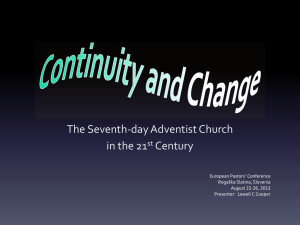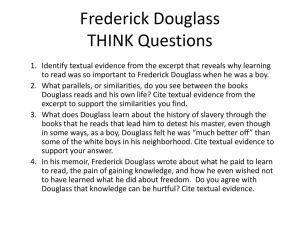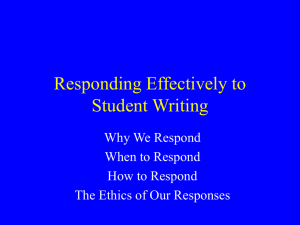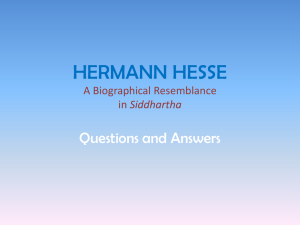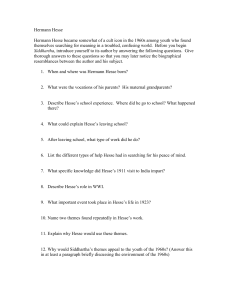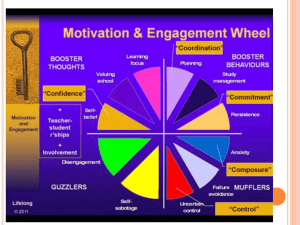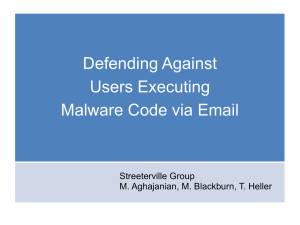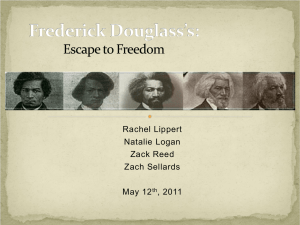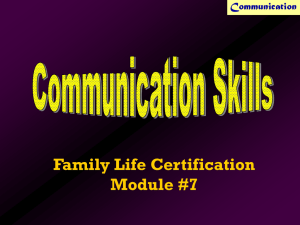Cold Conferences - University of Wisconsin
advertisement
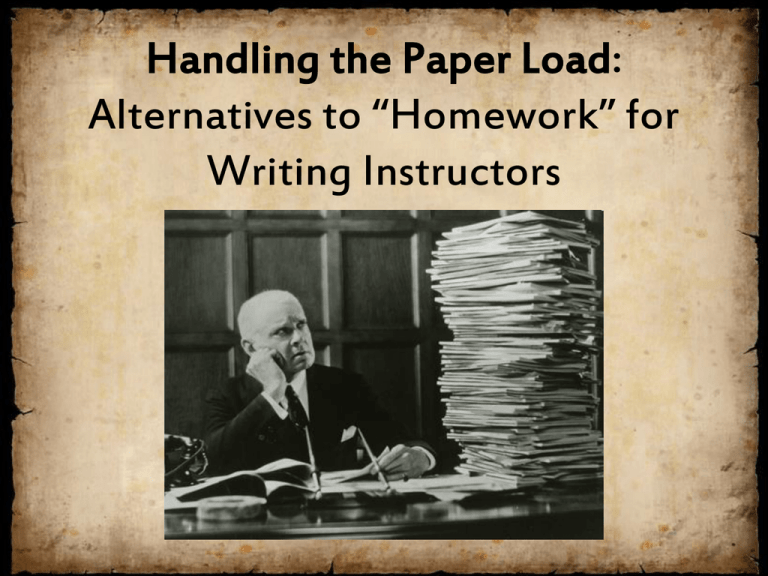
Handling the Paper Load: Alternatives to “Homework” for Writing Instructors Hopkins, 1912: Hopkins, 1912: “Every year teachers resign, break down, perhaps become permanently invalided, having sacrificed ambition, health, and in not a few instances even life, in the struggle to do all the work expected of them.” Hopkins, 1912 “Can Good Composition Teaching Be Done Under the Present Conditions?” • Yes, if we try to limit the time spent in marathon grading sessions • No, if we continue to treat time responding to student essays as a “side job” or “homework” Using Class Time for Response • Newkirk: “Read the Papers in Class” (1979) – Treat writing classes as writing laboratories • D’Agostino: “Conference Class Sessions” (2005) – “Response is instruction.” – “Response time is instructional time.” Instructors’ Labor Time: A Common Model Time Spent on: 20 20 Planning Instructing Responding 60 When Teaching Writing, Response Time IS Instructional Time Time Spent on: 20 Planning Responding and Instructing 80 Barbara Walvoord “Making The Grading Process Fair, TimeEfficient, and Useful for Learning in Your Classroom.” Assessment as a Tool for Change: Faculty Development Conference 2014 University of Wisconsin - Green Bay, WI January 24th, 2014 Barbara Walvoord “Making The Grading Process Fair, Time-Efficient, and Useful for Learning in Your Classroom.” Cut down on the volume/number of formal, graded assignments that you have to grade at home Increase the number of informal daily writing assignments, to which you respond very briefly (and sometimes not at all) Put lectures online (recordings on D2L) Suspend classes for a week and do 15 minute conferences Bring sign-up sheet to class, allow students who can’t meet any other time to sign up for time slots during class time Douglass Hesse • “Thirteen Ways of Looking at Responding to Student Writing.” Douglass Hesse • “Thirteen Ways of Looking at Responding to Student Writing.” Douglass Hesse • “Thirteen Ways of Looking at Responding to Student Writing.” Douglass Hesse • “Thirteen Ways of Looking at Responding to Student Writing.” Sideshadowing Teacher Response Nancy Welch (1998) The Process: Ask students to: • Read through the first paragraph, considering the following questions, and write back to yourself in the margins of your paper: – What questions or hesitations did you have as you wrote? – What were you thinking or feeling as you wrote? – Where did you leave out ideas or information? Why did you leave them out? – What lines or phrases don't seem relevant? Why? Questions from the PowerPoint Presentation: "Sideshadowing: Engaging the Student Through the Sideshadowing Response to Writing" by Jill Moyer Sunday, Waynesburg University. ftp://classes.waynesburg.edu Students also Write an “End Comment”: • After you have written back to yourself in the margins of each paragraph, read over all you have written. – What does this new material tell you about your writing? – How can you revise taking this the marginal text into consideration? • While teacher comments “foreshadow” what a text should or must become… • Student comments “sideshadow” what a text could or might become. • Welch uses Bakhtin to theorize sideshadowing as a “centrifugal, diversifying force.” • It makes the student and teacher focus on the “here and now” of the text rather than what the teacher wants it to be in the future. Sideshadowing Alters Our Time Use: • Sideshadowing takes some class time to introduce as a concept and about one class meeting per paper for students to complete the process. • But it takes less time for the teacher to make his or her way into a text and discover what the student wants to address. • The “work of locating the draft within a field of possibilities is no longer up to [the teacher] alone.” Works Cited • D’Agostino, Karen N. “Conference Class Sessions: Reducing Paper Load While Supporting Student Revision through Effective In-Class Response.” More Ways to Handle the Paper Load, on Paper and Online. Urbana: NCTE, 2005. • Newkirk, Tom. “Read the Papers in Class.” How to Handle the Paper Load. Urbana: NCTE, 1979. • Welch, Nancy. “Sideshadowing Teacher Response.” College English. 60.4 (1998). 374-95.


